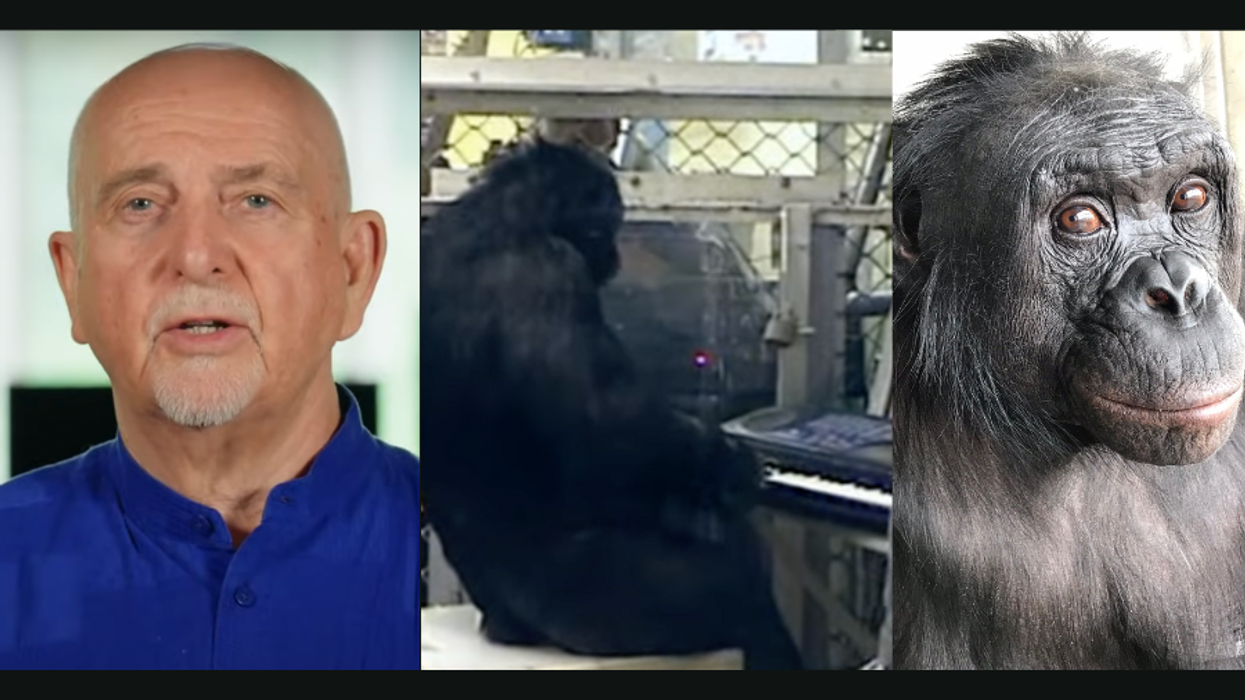Picasso put it brilliantly when he said that if you "make a thing, a thing that is new, it is so complicated making it that it is bound to be ugly. But those that make it after you, they don’t have to worry about making it. And they can make it pretty, and so everybody can like it when the others make it after you."
How do we create intelligent systems of designs that cut traditional barriers? In a world that is complex and multidimensional, multidimensional perspectives will better lend solutions to major challenges. This idea has been wreaking havoc on my mind and led me to a recent experiment. The Public Design for Affection (or what I like to refer to as PDA) workshop was launched when I met Anish Sarma, a lead engineer at Speak Your Mind Foundation. Anish decided to take me up on my curiosity to bridge design-thinking with other sectors and let me play in the realm of science.
He posed the following challenge: “How should a system designed for a person with limited input look like? What should it be able to do?”
Challenge accepted.
With little time to prepare, we threw together a creative workshop at DSI with ten participants and players. The goal was simple: Come out to ideate, play, and experiment using design thinking methodologies with people from the health and science sectors, as well as diverse artists. What creative solutions might emerge for Anish and the foundation were unknown.
Using design thinking principles and activities, we charted our own course of innovation and let the magic unfold. A range of artists and non-artists with various backgrounds—from interactive designers to those in the health field—were taken through a series of design activities. They had never met before and yet immediately dove into work together, starting with an empathic approach.
We had the chance to hear one another’s deeper personal stories related to limited communication and then moved on to define their own creative solutions. We tested them and finally provided independent sketches on interesting new communication designs for users with verbal and physical communication barriers. Ideas were then cut and combined in teams until we whittled them down to two finals solutions.
And, indeed, magic did unfold.
Three hours into our design thinking, it was clear how much possibility there is to bring people together across sectors and spark the imagination in new ways. Innovative ideas were presented: two-way transparent mirrors, light indicators that portray a range of mental processes, teeth sensors and automated visuals. Then Anish announced he was excited to take these new gifts of knowledge and inspiration back to the Speak Your Mind team.
So, how does collaboration and creativity hold the key to facilitating multidimensional perspectives to the major problems we face today? For the nexus and future of education, environment, politics, government, science, and the arts, we need to consistently ask ourselves this question. Being an innovator does not always require creating new and wonderful things, but can be as simple as facilitating new interactions.
Want to help facilitate wonder? Do you like PDA or have a challenge you want to present? Have an interesting space you want to host PDA in? Contact me at robin[dot]erin[dot]newman[at]gmail[dot]com













